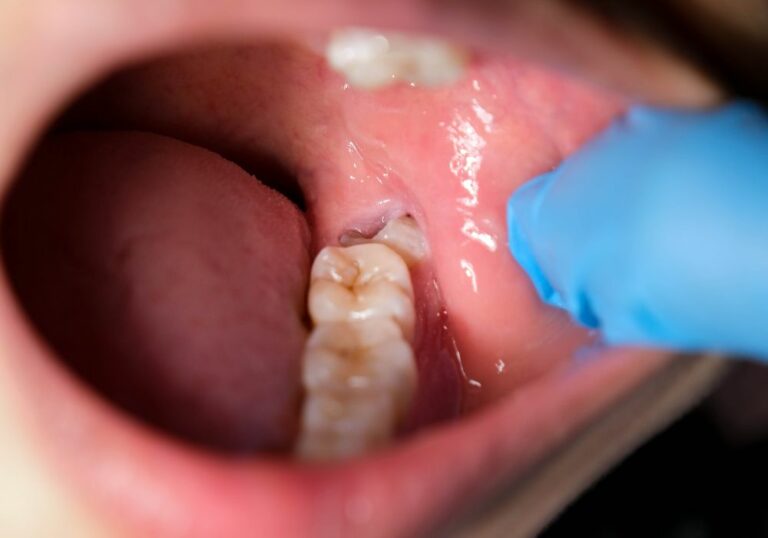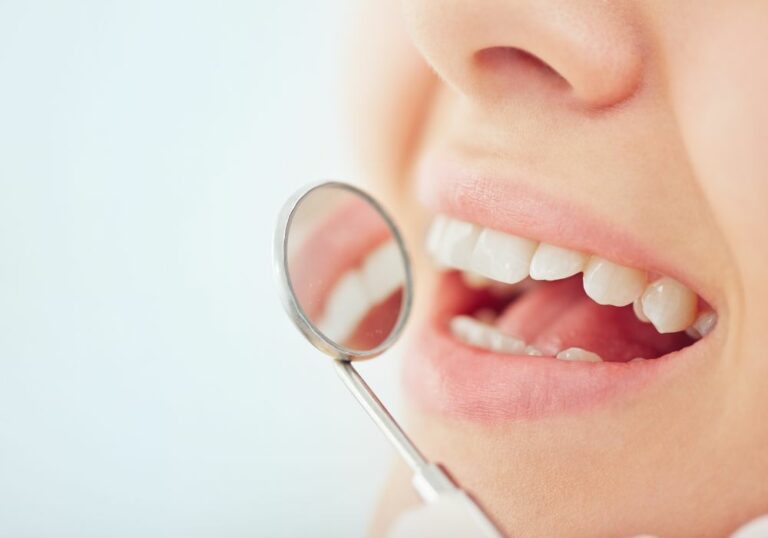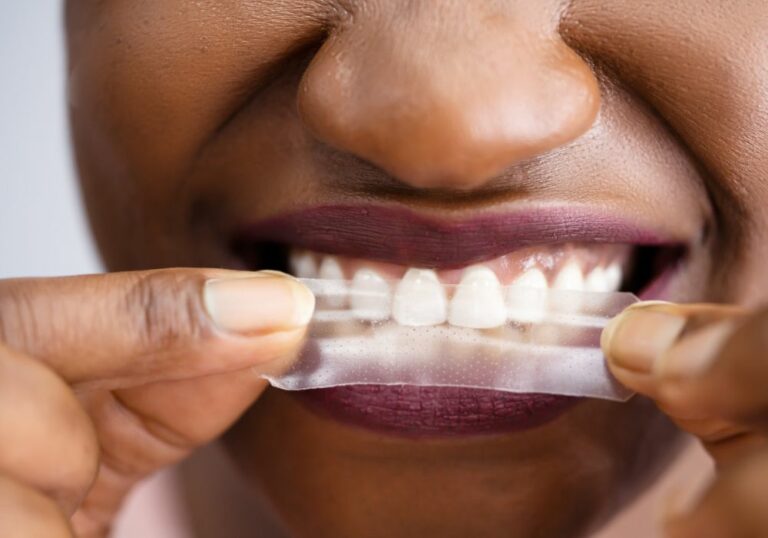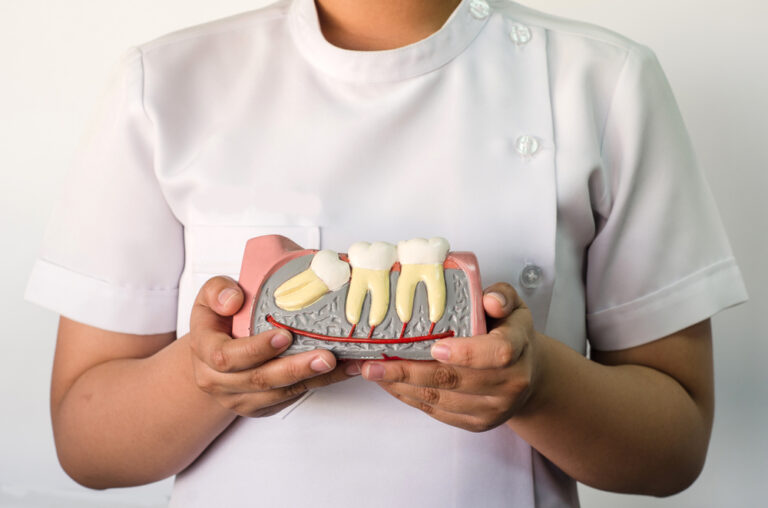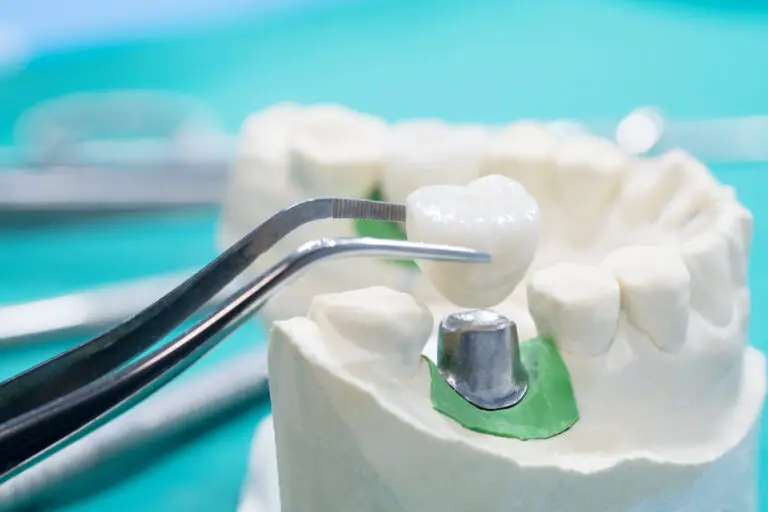Have you ever wondered if molars have baby teeth? The answer is yes, they do! Baby teeth, also known as primary teeth, are the first set of teeth that erupt in a child’s mouth. They typically start to come in around 6 months of age and are usually all present by the time a child is 2-3 years old.
Molars are the large teeth at the back of the mouth that are used for grinding food. They are the last teeth to erupt in a child’s mouth, usually between the ages of 1-3 years old. The first molars to come in are the primary first molars, followed by the primary second molars. These primary molars will eventually fall out and be replaced by the permanent molars, which come in behind them.
It’s important to take care of your child’s primary molars, as they play a crucial role in the development of their permanent teeth. Decay and damage to primary molars can affect the health and alignment of permanent teeth, leading to potential dental problems in the future. Regular dental check-ups and good oral hygiene habits can help ensure that your child’s teeth stay healthy and strong.
Understanding Teeth Development
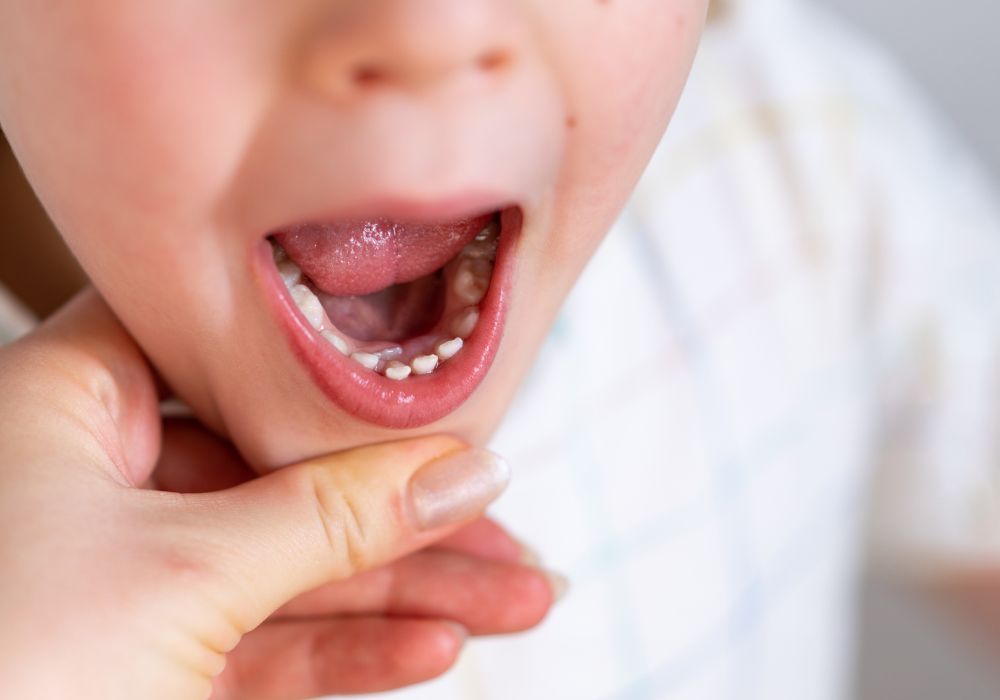
Teeth development is a complex process that starts before birth and continues throughout childhood. Understanding how teeth develop can help you take better care of your child’s oral health. In this section, we will discuss the two types of teeth and their development.
Baby Teeth
Baby teeth, also known as primary teeth or deciduous teeth, are the first set of teeth that erupt in a child’s mouth. These teeth usually start to come in around six months of age and continue to erupt until the child is about three years old.
Baby teeth serve several important functions, including helping your child chew food properly, aiding in speech development, and maintaining space for the permanent teeth to come in. It is important to take care of your child’s baby teeth, as they can affect the development of their permanent teeth.
Permanent Teeth
Permanent teeth, also known as adult teeth, are the second set of teeth that replace the baby teeth. These teeth start to come in around six years of age and continue to erupt until the child is in their late teens or early twenties.
There are 32 permanent teeth, including four types: incisors, canines, premolars, and molars. The molars are the largest and strongest teeth in the mouth and are responsible for grinding and chewing food.
Do Molars Have Baby Teeth?
Yes, molars do have baby teeth. The first molars come in around 12-14 months of age, and the second molars come in around 24-30 months of age. These teeth are important for chewing and maintaining space for the permanent molars to come in.
It is important to take care of your child’s baby teeth, including their molars, as they can affect the development of their permanent teeth. Regular dental checkups and proper oral hygiene can help ensure that your child’s teeth develop properly.
In summary, understanding teeth development can help you take better care of your child’s oral health. Baby teeth and permanent teeth serve different functions and have different development timelines, but both are important for maintaining a healthy smile.
Molars in Detail
Molars are the flat teeth located at the back of your mouth that are responsible for grinding and chewing food. They are larger and stronger than other teeth and are essential for proper digestion. In this section, we will discuss baby molars and permanent molars.
Baby Molars
Baby molars, also known as primary molars, are the first set of molars that erupt in a child’s mouth. These teeth usually appear between the ages of 12 and 24 months. There are a total of eight baby molars in the mouth, four on the top and four on the bottom.
Baby molars are crucial for a child’s development as they help in chewing food and speech development. They also act as placeholders for the permanent molars that will eventually replace them. The baby molars start to fall out around the age of six, making room for the permanent molars to grow in.
Permanent Molars
Permanent molars are the second set of molars that replace the baby molars. There are a total of twelve permanent molars in the mouth, four on the top and four on the bottom, with an additional set of four wisdom teeth that may or may not grow in.
The first permanent molars grow in around the age of six, behind the last baby molars. The second set of permanent molars grow in around the age of twelve, behind the first set of permanent molars.
Permanent molars are larger and stronger than baby molars and have a more complex structure. They have four or five cusps and are responsible for grinding and chewing food. The wisdom teeth, also known as third molars, are the last set of molars to grow in, usually between the ages of 17 and 25.
In conclusion, molars are essential for proper digestion and play a crucial role in a child’s development. Baby molars act as placeholders for the permanent molars that will eventually replace them. The permanent molars are larger and stronger than baby molars and have a more complex structure. Wisdom teeth are the last set of molars to grow in and may or may not grow in for everyone.
Transition from Baby Molars to Permanent Molars

As you may already know, baby teeth are not permanent and will eventually fall out to make room for permanent teeth. This includes baby molars, which will eventually be replaced by permanent molars.
The transition from baby molars to permanent molars usually begins around the age of 6 and can continue until the age of 12 or 13. During this time, your baby molars will gradually fall out and be replaced by permanent molars.
The following table provides a general timeline for the eruption of permanent molars:
| Molar | Age of Eruption |
|---|---|
| First Molar | 6-7 years old |
| Second Molar | 11-13 years old |
| Third Molar (Wisdom Tooth) | 17-25 years old |
It’s important to note that not everyone will have all four wisdom teeth, and some people may not have any at all.
During the transition from baby molars to permanent molars, it’s important to maintain good oral hygiene habits to ensure the health of your teeth and gums. This includes brushing twice a day, flossing daily, and visiting your dentist regularly.
If you have any concerns about the transition from baby molars to permanent molars, or if you experience any pain or discomfort during this time, be sure to talk to your dentist. They can provide guidance and treatment options to help ease any discomfort and ensure the health of your teeth and gums.
Common Problems and Solutions
Tooth Decay
Tooth decay is one of the most common problems associated with baby teeth. It can lead to cavities and even tooth loss. To prevent tooth decay, it is essential to maintain good oral hygiene. Brush your teeth at least twice a day with fluoride toothpaste and floss daily. Limit sugary and acidic foods and drinks, as they can erode tooth enamel and lead to cavities.
If you do get a cavity, your dentist may recommend a filling to prevent further damage to the tooth. In some cases, a crown may be necessary to protect the tooth from further decay. In severe cases, a tooth extraction may be necessary.
Early or Late Loss of Baby Molars
Baby molars typically fall out between the ages of 10 and 12 years old. However, some children may lose their baby molars earlier or later than expected. If your child loses a baby molar too early, it can lead to problems with the alignment of their permanent teeth.
If your child loses a baby molar too late, it can delay the eruption of their permanent teeth. This can lead to overcrowding and other dental problems. It is important to monitor your child’s dental development and consult with their dentist if you have any concerns.
In some cases, your child’s dentist may recommend a space maintainer to prevent the surrounding teeth from shifting and causing alignment problems. This device is typically removable and can help ensure that there is enough space for the permanent teeth to erupt properly.
Overall, it is important to take good care of your baby teeth to prevent problems and ensure proper dental development. Regular dental check-ups and cleanings can help detect and treat any issues early on.
Importance of Dental Checkups
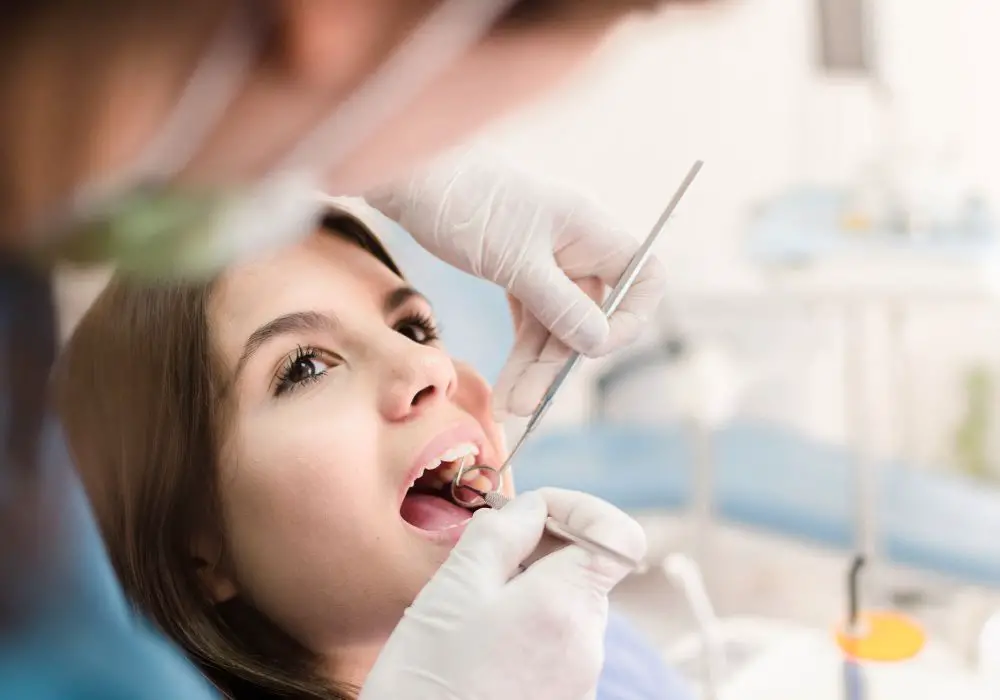
Regular dental checkups are essential for maintaining good oral health. You should visit a dentist at least once every six months for a routine checkup. During the checkup, your dentist will perform a thorough examination of your teeth and gums to detect any potential problems.
Here are some reasons why regular dental checkups are important:
- Early Detection of Dental Problems: Regular checkups can help detect dental problems such as cavities, gum disease, and oral cancer in their early stages. Early detection can prevent the problem from worsening and save you from expensive and complicated treatments.
- Preventive Care: Regular checkups can help prevent dental problems from occurring in the first place. Your dentist can provide you with preventive care tips and advice on how to maintain good oral hygiene.
- Professional Cleaning: Even if you brush and floss regularly, there are still areas in your mouth that are difficult to reach. Professional cleaning during a checkup can remove plaque and tartar buildup, which can lead to tooth decay and gum disease.
- Overall Health: Your oral health is closely linked to your overall health. Regular checkups can help detect and prevent oral health problems that can affect your overall health.
In conclusion, regular dental checkups are essential for maintaining good oral health. Make sure to schedule an appointment with your dentist at least once every six months to ensure that your teeth and gums are healthy.
Frequently Asked Questions
At what age do molars typically come in?
Molars usually start to come in around your child’s first birthday, and they continue to emerge until around age three. The first molars are the largest teeth in the mouth and are located in the back of the mouth.
What is the difference between baby teeth and permanent teeth?
Baby teeth, also known as primary teeth, are smaller and whiter than permanent teeth. They are also less durable and fall out to make room for permanent teeth. Permanent teeth are larger and stronger and are meant to last a lifetime.
How many baby teeth do children have?
Children have 20 baby teeth, which typically emerge between the ages of six months and three years. These teeth fall out between the ages of six and twelve years to make room for permanent teeth.
What is the order of teeth eruption in children?
The order of teeth eruption in children is usually as follows: lower central incisors, upper central incisors, upper lateral incisors, lower lateral incisors, first molars, canines, and second molars.
When do children typically lose their baby teeth?
Children typically start losing their baby teeth around the age of six, and they continue to lose them until around age twelve. The order of tooth loss is usually the same as the order of tooth eruption.
What are the symptoms of teething in babies?
Teething can cause a variety of symptoms in babies, including irritability, drooling, swollen gums, difficulty sleeping, loss of appetite, and a slight fever. If your child’s discomfort persists for a prolonged period of time, it is recommended that you visit your pediatric dentist for a check-up.


